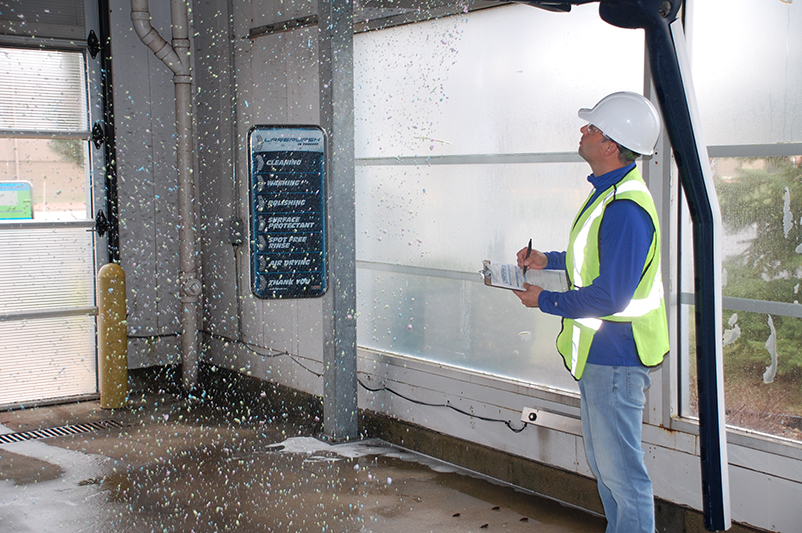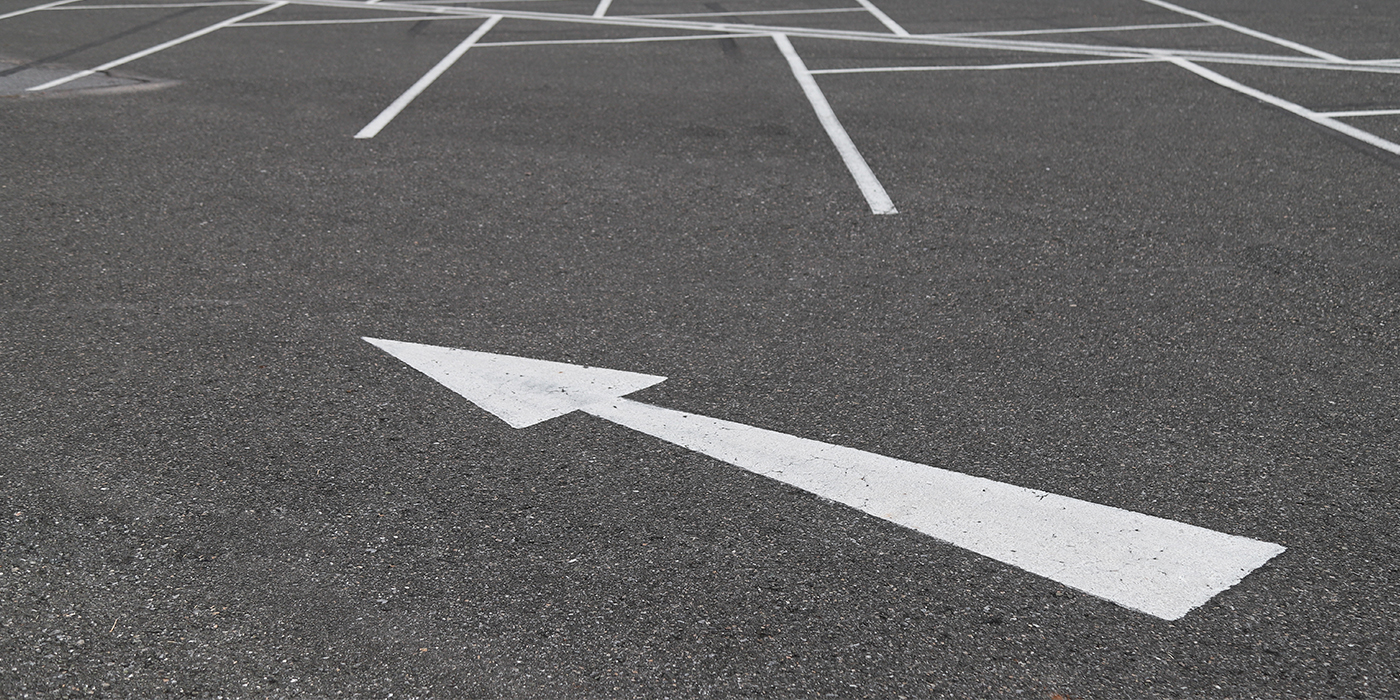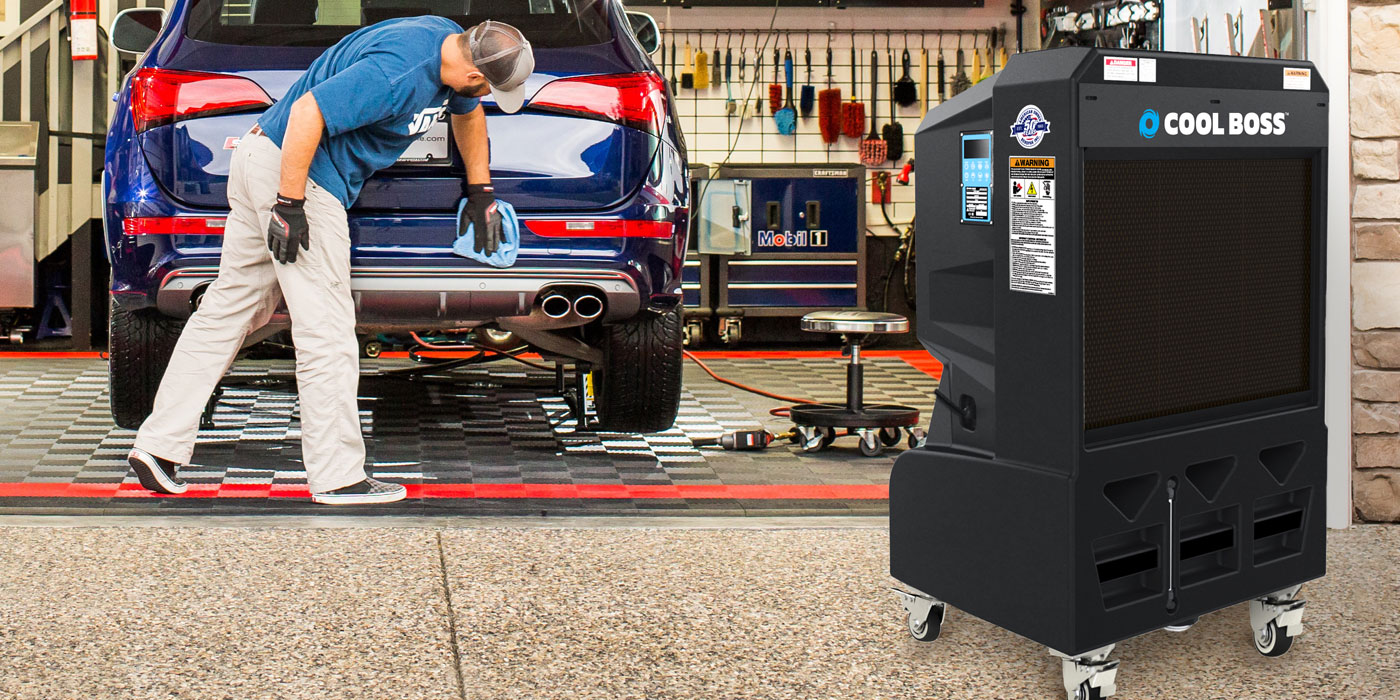Today’s carwash bays and tunnels are now packed with more technology than ever before. Long gone are the days of rudimentary wash machinery that was heavily assisted by employee touch-up and correction. Instead, computer systems now work with specialized equipment to dependably provide every customer the impeccable wash performance he or she expects.
But, keeping all this advanced equipment moving can be a challenge for any carwash business, and this is especially true when weather factors come into play. To prevent costly lapses in operation, many carwash owners have instituted rigorous maintenance schedules at every location. These meticulous programs — backed up by thorough employee training — allow optimal carwash operation regardless of external conditions.
To avoid expensive downtime, find out what maintenance and upkeep steps often challenge washes when it comes to daily tunnel and bay functionality in this article. Further, learn how to best share the importance of servicing integral equipment. Only by keeping all facets of a wash operating at peak levels can a location ensure top-notch results during the busiest times of year.
Responsible maintenance
Modern carwashes are seeing higher volumes than ever before, according to Frank Harris, southwest regional sales manager with Blendco Systems. Because of this high usage, all wash components are being stressed at levels creating failure rates that are difficult to predict. A good site manager must have basic component knowledge in order to understand the nature of applicable wear parts. These wear parts are designed to eventually fail or lose their efficiency.
“It is the responsibility of a site manager to be able to identify vulnerable parts and have a plan in place in the event of failure to prevent an operational shutdown,” Harris explains. “A good preventative maintenance program will protect the carwash components from premature failure or efficiency loss.”
Chris Campbell, technical services supervisor with OPW Vehicle Wash Solutions, points out that carwashes are now a sophisticated piece of equipment with many moving parts. Regular maintenance and inspection can help operators find potential problems before they begin to impact a wash. A set maintenance process prevents unwanted downtime, which can happen at the most inconvenient times.
Diligent attention
Campbell reveals that every carwash operator should be diligent about maintaining his or her investment. To this end, an owner should not put off any maintenance steps that can be performed immediately. Certified distributors can be enlisted to help if an owner finds that he or she is short on time to develop a full maintenance program.
Something that is often missing from many operators’ maintenance schedules is a daily walkthrough of the wash bay or tunnel for a general check, Campbell notes. This walkthrough allows an owner to check for leaks, loose items, worn cables or rollers, the cleanliness of the bay, etc. Another frequently skipped step is the basic observation of a vehicle being washed to check for leaks, plugged nozzles, missing chemical applications, weird noises and overall cleanliness upon completion. Cleaning the wash facility itself is another important upkeep step.
“Cleaning the bay will only make your carwash more inviting to customers, and watching a vehicle go through the wash will ensure that any needed adjustments are made to get the cleanest car possible,” Campbell states. “These two things, while simple, can go a long way.”
Related: Practical appearance enhancements to attract carwash business
Addressing maintenance best practices for carwash operators, Harris recommends ordering extra wear parts for each wash location. A good rule of thumb is to stock a minimum of one or preferably two replacement wear parts in the event of a failure.
It is also the responsibility of the site manager to recognize negative changes in the wash quality and identify the cause, Harris continues. Issues in the tunnel or bay could be as simple as nozzle wear or a basic component failure. Here, a journal documenting signs, symptoms, remedies and maintenance dates will prove to be a valuable reference.
Specifics for seasons
There are specific maintenance steps that should be addressed for both summer and winter washing seasons. During the colder months, some components in the carwash can start to shift due to expansion or contraction, or they can be neglected simply due to temperature. When the weather starts to warm up, owners should check all mechanical operations of the carwash, Campbell notes. It is important to make sure all spacing is within specifications and moving parts move freely without wear.
Owners should ensure three components are tested and in working order before winter temperatures start to drop below freezing, according to Campbell. The three areas that should be checked are: heaters, weep systems and doors.
Related: How to prepare a carwash for winter
“A frozen carwash can’t generate revenue and will almost certainly create a costly repair,” Campbell says.
Harris states that the summer washing season can bring heat-related issues. Heat is the enemy of mechanical parts, but there are things a site manager can do to prepare. Always grease moving parts as recommended by the manufacturer. Another good rule of thumb to combat heat’s negative effects would be to change oil and filters where needed. The summer season will also bring new cleaning challenges. Operators can ask a distributor to test and adjust the wash’s chemistry accordingly.
Other summer suggestions from Harris include:
- Check for wear and rub spots on hydraulic hoses
- Ensure all seals are good on the hydraulic motors
- Inspect all PVC fittings for drying and cracking, specifically the holding tank bulkhead
- Check freshwater floats and any valves
- Conduct a good, top-to-bottom, detailed inspection.
Noting that carwash chemistry options now include methanol to prevent freezing, Harris offers a few cold-weather maintenance suggestions:
- Install and maintain floor heaters to avoid icy surfaces in the carwash
- Check all seals on wash equipment
- Check and maintain all equipment room heaters.
Saving owners money
There are many cost variables that affect carwash profit margins, and consumable product control is one of the essential components in obtaining the highest possible net profit per vehicle, Harris states. This volume control is obtained by understanding carwash chemistry and equipment function.
A highly-functional carwash will have a chemical and maintenance distributor that focuses on chemical volume per vehicle and the efficiency of the application devices. “Your distributor will flow test and titrate the chemicals as well as test the efficiency at the application site — bay or tunnel — and adjust accordingly,” Harris says.
Campbell suggests that a carwash owner imagine the following scenario: It is a beautiful, sunny Saturday morning after a week of rain or snow. The carwash has a line of vehicles out to the road waiting to get clean. An hour into the business day, the wash goes down due to a hose that blew apart. Now, employees are forced to turn customers away until the hose can be repaired.
“This loses money for your wash, not to mention the repair bill if it was something that would need to be fixed by your distributor,” Campbell explains. “Later, you find out that hose had been leaking for days. Regular maintenance and inspection would have caught this and prevented a good chunk of lost revenue.”
Training and value
Campbell’s most important tip for proper maintenance training is creating checklists. No one can remember every step, even if he or she has performed a task 100 times. Checklists ensure that repeated tasks like maintenance and inspection are done the same way, correctly, every time.
There are a number of resources that can help operators stay on track with maintenance as well. Campbell notes that manufacturer-supplied maintenance schedules and checklists are available to most carwashes. In addition, a local certified distributor can help by providing a maintenance program for the specific type of carwash equipment.
Harris points out that a good manager will always maintain control over all operations. A well-trained manager views a site through the eyes of the consumer, and it is essential for a manager to understand the true definition of value. Value is sometimes defined as lowest dollar spent, and this is incorrect. A consumer perceives value as experience.
“If a customer spends $30, has a good personal experience and receives a good product, he or she feels they have received value for their dollar,” Harris states. “On the other hand, if they spend $20 and had a bad experience, their perception is they did not receive value for their dollar. Most likely, they will seek value from your competitor. It is important for a manager to understand that an overall highly functional operation will deliver value.”
Delivering every day
Beyond maintenance and upkeep, every operator should remember that he or she is the business tone setter, Harris notes. Do not lose sight of the fact that a wash’s owner sets the on-site standard for employees and management alike. Similar to every other type of business, a carwash frequently will mirror its operator’s level of professionalism.
Harris also suggests that owners remember employees are team members, and no one employee is more important to the operation than another. Empower the team and challenge them every day. “If your employees feel a part of the process, they will take pride in their job,” Harris says.
Every carwash bought is a new purchase and should be delivered to the customer at its highest level, Harris concludes. Maintenance is just one way an operator can focus on delivering value every day in every way.
Phil Ashland is a freelance contributor.














